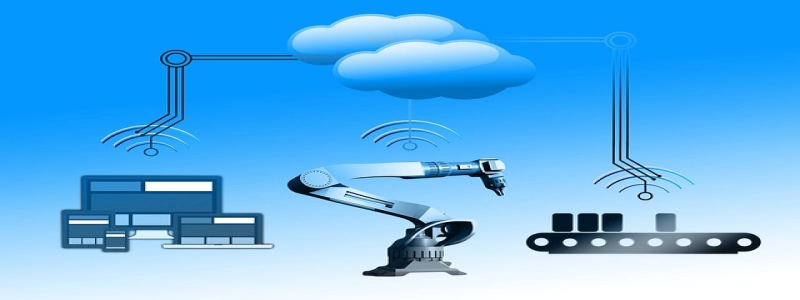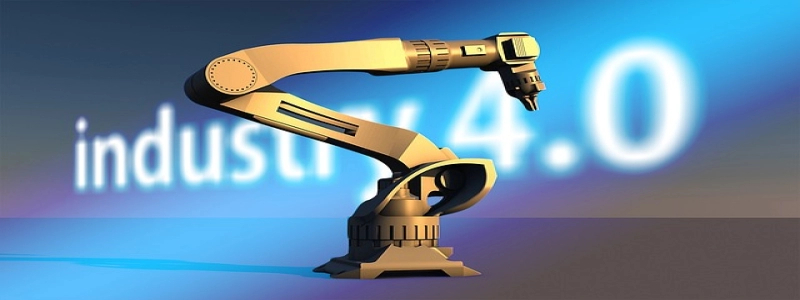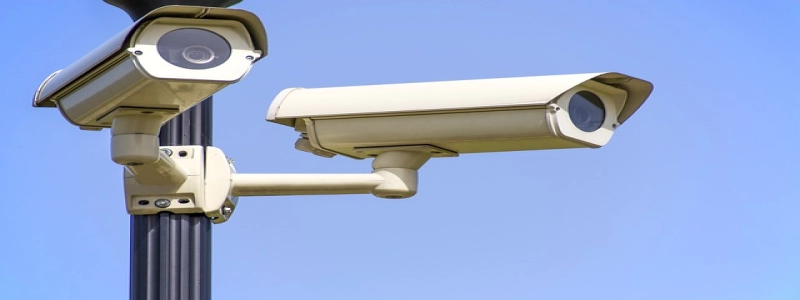Ethernet to MacBook
Introduction:
Ethernet is a network protocol that allows computers to connect and communicate over a Local Area Network (LAN). In this article, we will discuss how to connect an Ethernet cable to a MacBook and the advantages of using an Ethernet connection.
I. Setting up the Ethernet connection:
1. Check for an Ethernet port on your MacBook: The newer MacBook models might not have an Ethernet port built-in. In this case, you will need to use a USB Ethernet adapter.
2. Connect the Ethernet cable: Plug one end of the Ethernet cable into the Ethernet port or adapter on the MacBook and the other end into the Ethernet port on the modem or router.
3. Configure network settings: Depending on your MacBook’s operating system, you might need to configure the network settings to use the Ethernet connection. Go to System Preferences > Network, select Ethernet, and click on the \”Apply\” button.
II. Advantages of using an Ethernet connection:
1. Faster and more stable connection: Ethernet provides a faster and more stable internet connection compared to Wi-Fi. This is especially beneficial for tasks that require high bandwidth, such as streaming or online gaming.
2. Improved security: Ethernet connections are more secure than Wi-Fi as they are not susceptible to interference or unauthorized access. This makes it a preferred choice for conducting sensitive online transactions or accessing secure networks.
3. Reduced latency: Ethernet connections have lower latency compared to Wi-Fi, resulting in faster response times and better overall performance in online applications.
4. No signal interference: Unlike Wi-Fi, Ethernet connections are not affected by factors like walls, distance, or other electronic devices that can interfere with the wireless signal. This ensures a consistent and reliable network connection.
III. Tips for optimizing Ethernet connection:
1. Use quality Ethernet cables: Invest in a high-quality Ethernet cable to ensure maximum signal transmission and minimize the risk of cable failure or signal loss.
2. Keep cables away from power sources: Avoid running Ethernet cables near power sources or other electrical equipment that might cause interference.
3. Update network drivers: Periodically update the network drivers on your MacBook to ensure compatibility with the latest standards and improvements in Ethernet connectivity.
4. Restart devices if connection issues arise: If you encounter any connectivity issues, try restarting your MacBook, modem, or router. This can often resolve temporary network problems.
Conclusion:
Connecting an Ethernet cable to a MacBook can provide a faster, more stable, and secure internet connection. By following the steps outlined in this article and optimizing your Ethernet setup, you can enjoy improved network performance and reliability.








